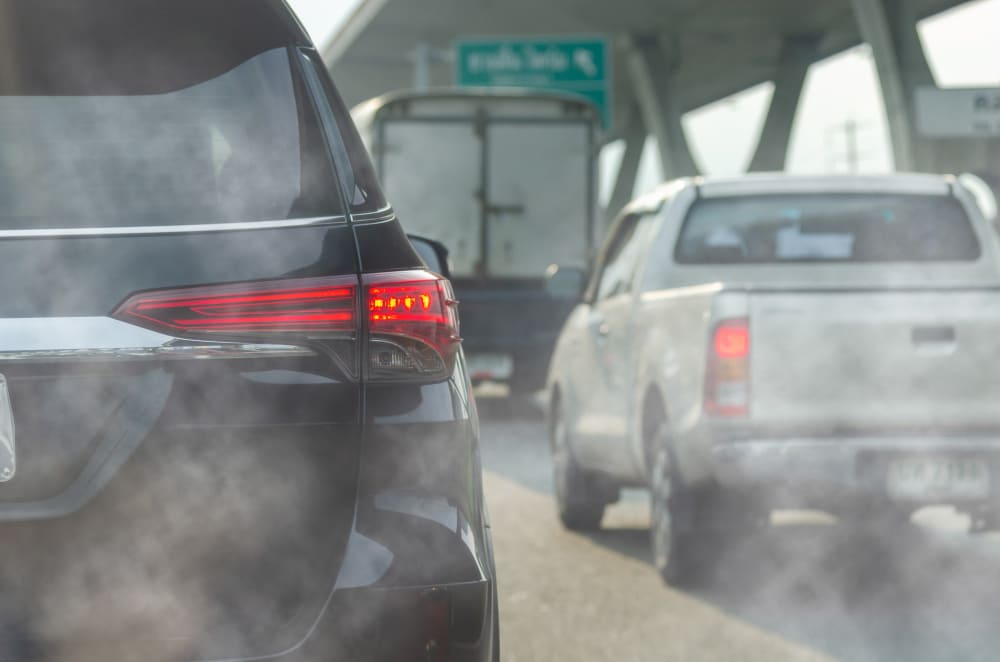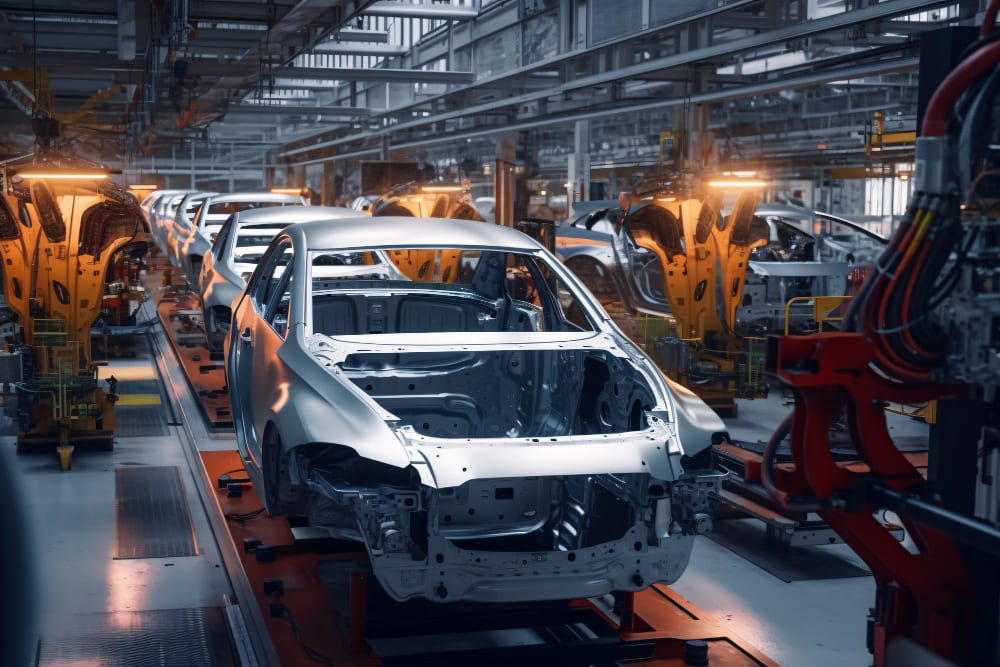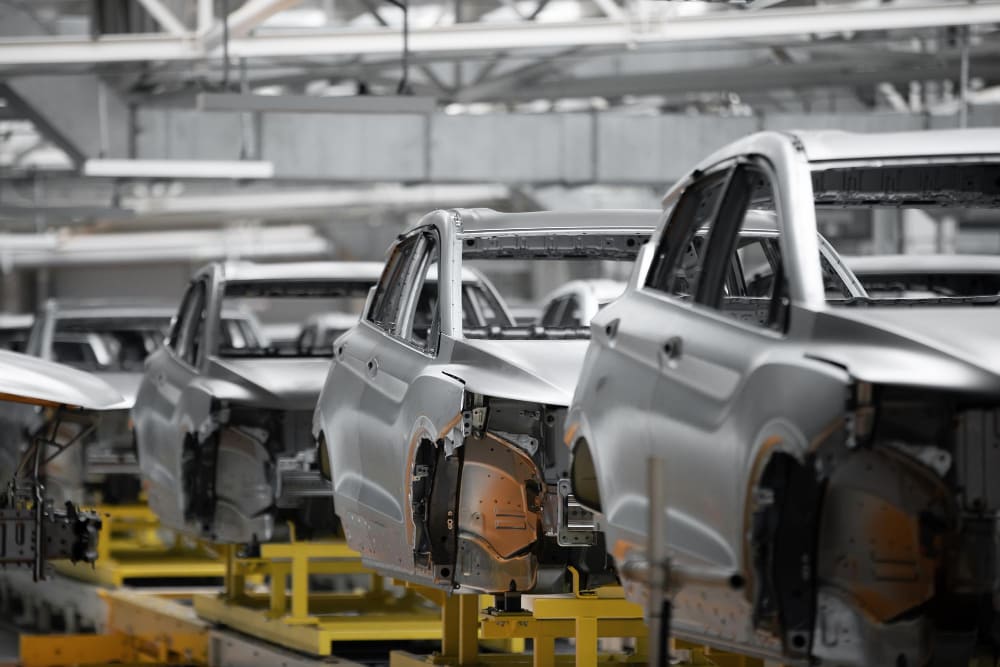As awareness about the environment and global warming continues to grow, more people are considering eco-friendly options in various aspects of their lives, including the automobile industry.
When buying a car, two choices are available: new or second hand cars. While new cars come with the latest features and technology, they also burden the environment more. On the other hand, second hand cars may not have the latest features but have a lower environmental impact.
Ahead, we will assess the environmental impacts of new vs second hand cars to help you make an informed decision. Read on!
New Cars Impact on the Environment
From air pollution to fuel costs, new cars are more likely to have a higher environmental impact than used cars. Here are some of the environmental impacts of new vs second hand cars, starting from the new ones:
Cars are heavy CO2 emitters and air polluters

Cars are a prominent source of carbon dioxide emissions and air pollution. A study revealed that cars are responsible for roughly half Australia’s transport emissions.
Moreover, the manufacturing process of new cars significantly impacts the environment. The production of new cars requires the extraction of resources, such as metals and petroleum, which can harm the environment.
Additionally, the energy required to manufacture and transport new cars also contributes to greenhouse gas emissions and other pollutants.
Fuel costs

New cars often have more advanced engine technology, which can be more efficient in fuel and lower emissions per mile driven.
However, the production of new cars also requires significant energy and resource use, which can contribute to environmental harm.
In contrast, second-hand cars may have lower fuel efficiency and emit more pollutants per mile. Still, their overall environmental impact may be lower due to reduced manufacturing and transportation requirements.
Infrastructure

Infrastructure is another critical consideration when assessing the environmental impact of new cars.
The production and use of new cars require significant investments in infrastructure, including the construction and maintenance of roads and highways.
This can lead to increased deforestation, loss of habitat for wildlife, and other negative environmental impacts.
Additionally, the energy required to power electric cars, which are becoming more popular as a more eco-friendly alternative to gasoline-powered vehicles, also requires significant infrastructure investments.
Secondhand Cars Impact on the Environment
Conversely, secondhand cars may have lower environmental impacts compared to new cars. Some of the environmental impacts of new vs second hand cars, especially the secondhand ones, include:
Smaller (and Shrinking) Carbon Footprint

One of the significant environmental benefits of purchasing a second-hand car is its smaller and potentially shrinking carbon footprint.
Used cars have already gone through the manufacturing process, so there is no additional burden on the environment from production. Subsequently, the carbon footprint of a used car may be remarkably smaller than that of a new car.
Furthermore, as more people purchase second-hand cars, the demand for new cars decreases, reducing the need for new production and the associated environmental impact.
Sets a Great Example

Choosing a secondhand car over a new one can set a great example for others concerned about the environment.
By purchasing a second-hand car, you show that you value sustainability and are willing to make decisions that help reduce your impact on the environment. This can inspire others to consider their choices and make more eco-friendly decisions.
Additionally, when more people choose used cars, it can help reduce demand for new cars, which can help reduce the impact of the automotive industry on the environment.
Means Reduced Vehicle Production

One of the most significant environmental impacts of new vs second hand cars is the reduced demand for vehicle production when you choose the used ones.
New cars require the extraction of raw materials, energy-intensive manufacturing processes, and transportation, all of which contribute to greenhouse gas emissions and other impacts on the environment.
By choosing a secondhand car, you are reducing the demand for new cars, which means fewer resources are needed for manufacturing, and less energy is required for transportation.
Eventually, this can help reduce the overall carbon footprint of the automotive industry and contribute to a more sustainable future.
Frequently Asked Questions
How can I reduce CO2 emissions in my car?
To reduce CO2 emissions from your car, you can choose a fuel-efficient vehicle, practice eco-driving techniques, carpool or use public transportation, travel light, use air conditioning sparingly, consider eco-friendly fuels, and support local, sustainable transportation initiatives.
Is Tesla really zero emissions?
No. Although Tesla vehicles are considered “zero emissions” because they don’t produce tailpipe emissions, there are still emissions tracks. Tesla uses electricity for charging, which means they produce emissions. Moreover, the manufacturing process also generates carbon emissions.
What is the carbon footprint of the new Tesla?
According to a report, the production of the Model 3 electric car produces between 11 and 15 tons of CO2 emissions, depending on the energy mix of the factory where it is produced.
Conclusion
In conclusion, when comparing the environmental impacts of new vs second hand cars, it’s important to consider both factors.
While new cars offer advanced technology and lower emissions, they come with the environmental cost of manufacturing emissions. Second-hand cars may have higher emissions due to outdated technology, but their purchase promotes a circular economy.
Striking a balance between fuel-efficient new cars and well-maintained second-hand options is key to making eco-friendly choices and driving towards a greener future.
And if you’re interested in exploring more about used electric cars, visit Kilowatt Cars! We offer various cars, including second-hand electric vehicles in Melbourne.






